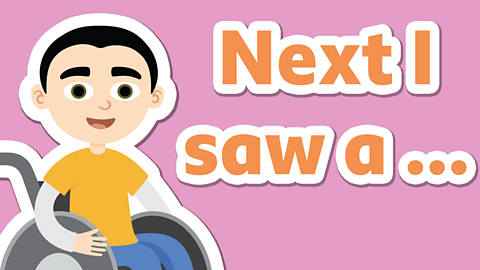What is a recount?

A recount is a way of telling others what has happened to you. A diary entry is a type of recount.
Here are some key features to remember when writing a recount:
- Write your recount in the first person because it happened to you!
I used the stars to navigate across the desert.
- Use the past tense because it has already happened.
It took a long time!
Have a clear structure. Use paragraphs to separate different events and ideas.
Within each paragraph include observations (what you saw), thoughts and feelings.
I was so relieved to see the next city; my throat was dry, and I needed water.
Diaries (recounts) are written in the order in which they happened - chronological order.
Use time conjunctions like primarily, next, then and finally to show this.Use description to add detail so the reader can build an image in their head.
The sand dunes were as tall as mountains.
- Use emotive language so the reader understands your point of view.
I put blood, sweat and tears into my journey; I have no regrets!

Watch: Features of a recount
How to write a recount with author Michael Rosen.
Watch: Why were diaries important?

Remember, a diary is a type of recount. Diaries can be useful as a way to document thoughts and experiences to look back on. They have also been useful for historians to understand what people's lives were like during olden times.
Watch this video about diaries and why they were so important during World War I.

D is for Diary.
Activity 1
Check your understanding using this diamond nine activity.
Can you order the key features of a diary?
Put the most effective features at the top and the least effective features at the bottom.
- First person.
- Past tense.
- Paragraphs.
- Observations, thoughts and feelings.
- Date and introduction for each entry.
- Chronological order.
- Detail and description.
- Emotive language.
- Time conjunctions.
There's an example below to help you.
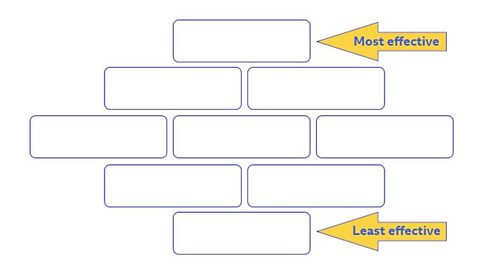
Remember: You can move the features around - don’t be afraid to change your ideas.
Top tip!
Sketch out the diagram to save yourself time!
Activity 2
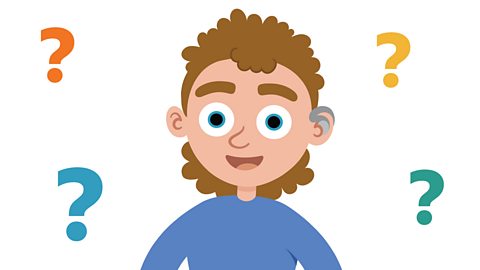
Read the following article from Bitesize History about Emmeline Pankhurst.
Imagine what Emmeline would have written in her diary on these three key dates:
- 1903 (when she set up the WSPU)
- 1914 (when the First World War began)
- 1918 (when the First World War ended)
Use the information from the article to support you in writing a few sentences for each key date. You could recount the event and then add emotion.
Remember to write in the first person and use the past tense!

Activity 3
Watch this video about explorer Ibn Battuta and his journey to Mecca.
The life of Ibn Battuta.
Watch the video again. This time, write down the key events of Battuta’s journey and how he may have been feeling.
Imagine that you are Ibn Battuta. Write a diary entry for part of the incredible journey.
You might write one entry to describe a single day OR several entries to describe a few days of his adventure.
Remember to include some of the key features of a diary.

Top tip!
In your concluding paragraph, you could:
- Pose a question to the reader
For example:
How would you feel if you had no water and were stranded in a vast desert?
- Look forward to the future
For example:
As I look towards the coming days and weeks, I’d love to make it to Mecca soon!

Play our fun English game Crystal Explorers. gamePlay our fun English game Crystal Explorers
Use grammar, punctuation and spelling skills to explore jungles, caves and tombs on your mission!

More on Non-fiction
Find out more by working through a topic
- count17 of 18

- count18 of 18
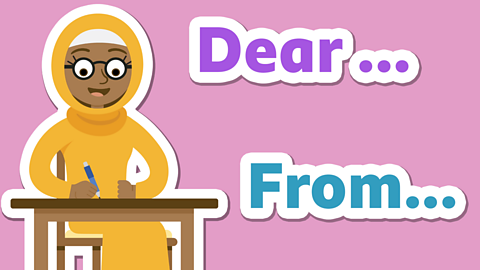
- count1 of 18
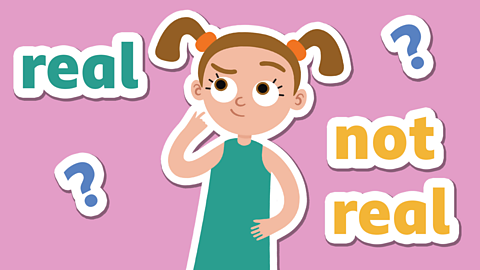
- count2 of 18
